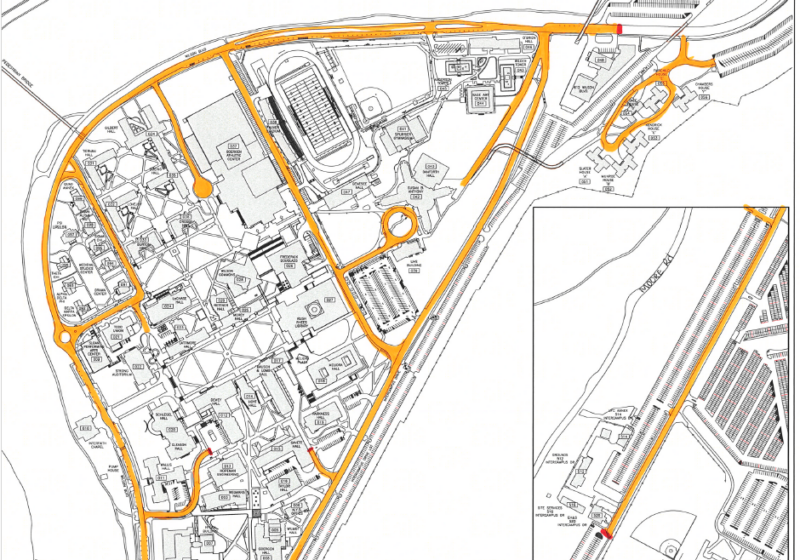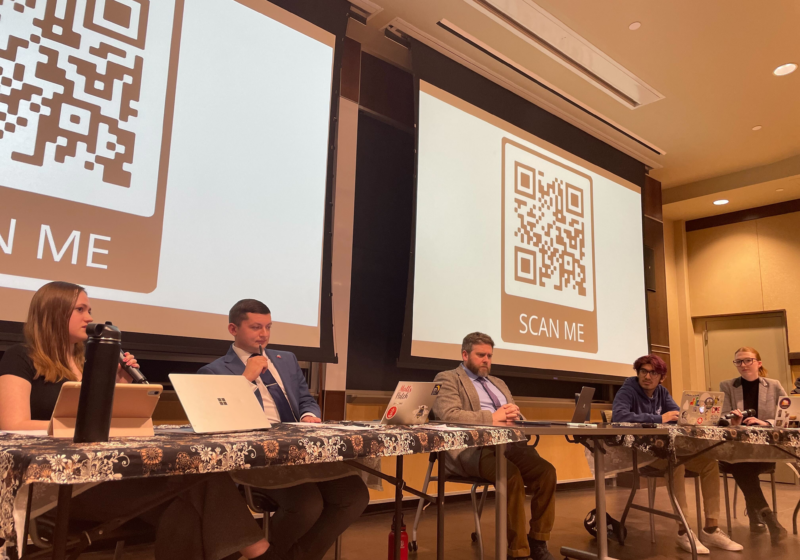A study that deals with how some HIV-infected patients naturally defeat a virus that, more often that not, conquers the entire immune system was published on Tuesday in “The Journal of Biological Chemistry.” The study was led by associate professors in the Department of Biochemistry and Biophysics Joseph E. Wedekind and Harold C. Smith at the UR Medical Center.
The research process has been an extensive yet worthwhile undertaking that may be the key to a new class of AIDS treatments. Just last year, after nearly two decades of research on “editing enzymes” and how they make the necessary alterations to DNA, a research team led by Smith discovered a curious development, resulting in a publication in the “Journal of Virology.”
Researchers verified that patients who were somehow able to overcome the HIV virus on their own, called long-term non-progressors, maintain unusually high concentrations of an enzyme called APOBEC-3G (A3G) in their white blood cells and, in exchange, have lower levels of the HIV virus present as well.
Following the publication, Smith, a molecular cell biologist, sought out Wedekind, a structural biologist, for a collaboration to help determine the structure of A3G.
Their research has led them to believe that A3G functions by editing or mutating the HIV genetic code each time the virus undergoes replication. This mutating allows errors to be introduced into the viral genetic code until the virus is no longer able to reproduce. Another noteworthy aspect of A3G is that it has two forms, one that actively edits HIV viral information and one that is inactive due to the presence of mRNA, or messenger RNA, which is simply a copy of DNA that serves as a template for protein building.
To counteract A3G, HIV has developed its own defense protein called the viral infectivity factor (Vif), which “tricks” the white blood cells into destroying A3G while they hold onto the enzyme. HIV may also be able to cause a surplus of mRNA molecules that would force A3G into its inactive form as another way of fighting the enzyme. The research points to A3G’s physical structure as a cause for its role in the immune system, as well as the certain parts of the enzyme that must be protected in order for A3G to continue protecting the body.
Gillian, a senior staff scientist at Cornell University, is the second author on the JBC manuscript, and for good reason – the Cornell High-Energy Synchrotron Source (CHESS) in Ithaca, N.Y. allowed researchers to utilize a method called small-angle X-ray scattering (SAXS), which detailed the shape of the molecule, clues as to the functions of each part, as well as the spatial relationship between parts of the molecule.
“We are the first group to be able to say, ‘Here are the parts of the molecule that need to be protected to keep A3G active in its age-old, ongoing war against viruses,'” Smith said. “We believe this work will lead to the development of new treatments that enable patients to better harness their own natural defense mechanisms.”
OyaGen is the name of the company Smith founded to try to commercialize and develop therapeutic drugs, such as those to help patients with AIDS. On the other hand, his academic lab is focused on primary discovery of how editing enzymes work, how to protect them and what their structure and function relationship is. Together, the two endeavors are sure to produce advancements that will revolutionize the field of AIDS research. Halusic is a member of the class of 2010





